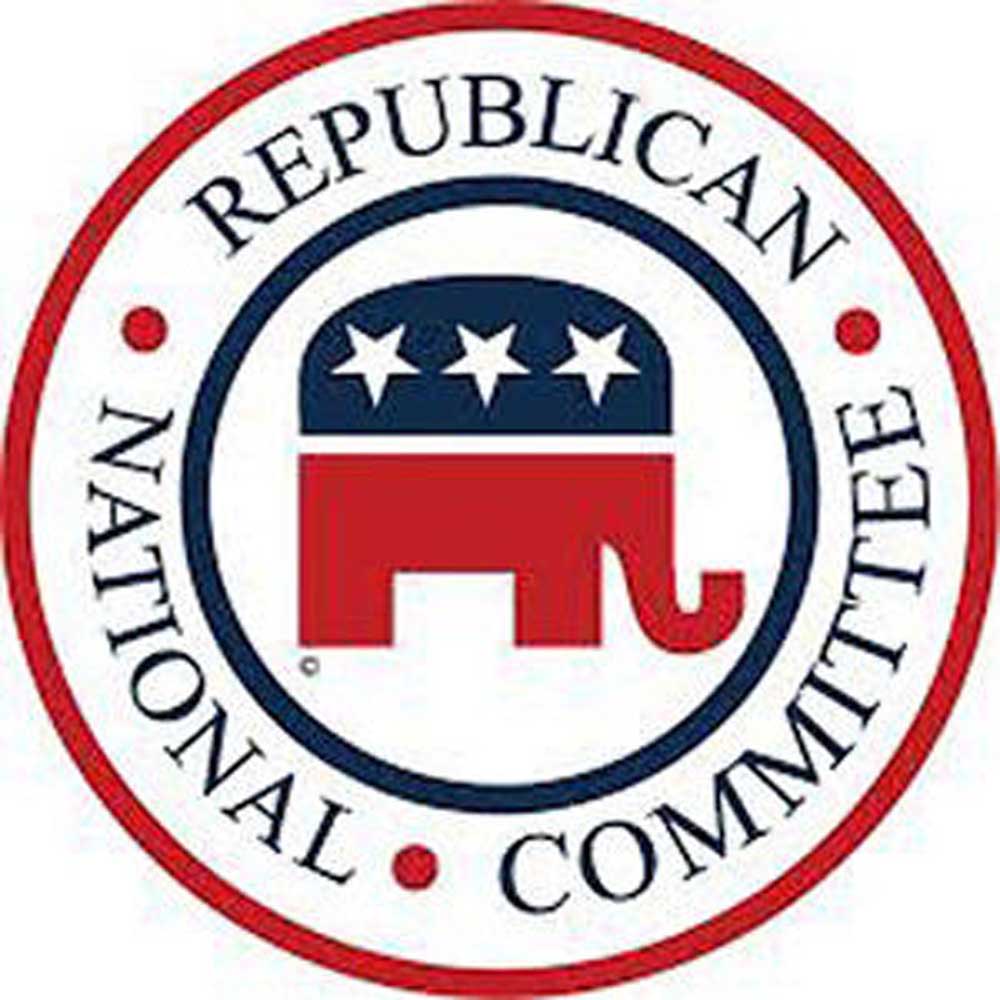Republican states see more equality
Published 10:05 pm Monday, June 16, 2014

- Courtesy
The buzz phrase of the year — perhaps the decade if it becomes an integral part of the 2016 presidential race — is “income inequality.” But even if we assume, for the sake of argument, that the condition itself is as bad as the left portrays it, the prescriptions offered by the left won’t help.
That’s the lesson of history and of a simple survey of current demographics. Income inequality is less pronounced in conservative states than it is in liberal states.
Trending
“For those in Washington obsessed with reducing income inequality, the standard prescription involves raising taxes on the well-to-do, increasing the minimum wage, and generally expanding government benefits — the policies characterizing liberal, blue-state governance,” wrote Stephen Moore and Richard Vedder for the Wall Street Journal. “Among the problems with that view, one is particularly surprising: The income gap between rich and poor tends to be wider in blue states than in red states. Our state-by-state analysis finds that the more liberal states whose policies are supposed to promote fairness have a bigger gap between higher and lower incomes than do states that have more conservative, pro-growth policies.”
Income inequality is measured by something called the “Gini coefficient,” which compares incomes at the top of the scale to those at the bottom. A high Gini coefficient means more income inequality.
“According to 2012 Census Bureau data (the latest available figures), the District of Columbia, New York, Connecticut, Mississippi and Louisiana have the highest measure of income inequality of all the states; Wyoming, Alaska, Utah, Hawaii and New Hampshire have the lowest Gini coefficients,” Moore and Vedder report.
Some have argued those states and regions have more liberal government in response to income inequality — in other words, residents have risen up and elected liberal politicians to help fix inequality problems that already existed.
History refutes this argument. Those places have voted for liberal candidates consistently for decades, as problems have gotten worse, not better — even when they’ve enacted policies we’re told will fix inequality.
“Do the 19 states with minimum wages above the $7.25 federal minimum have lower income inequality?” Moore and Vedder ask. “Sorry, no. States with a super minimum wage like Connecticut ($8.70), California ($8), New York ($8) and Vermont ($8.73) have significantly wider gaps between rich and poor than those states that don’t.”
Trending
Nothing in their study shows that liberal policies cause income inequality. But here’s the real point — nothing in the study shows that anywhere, at any time, have those policies fixed income inequality. Mostly they just make things worse.
“When politicians get fixated on closing income gaps rather than creating an overall climate conducive to prosperity, middle- and lower-income groups suffer most and income inequality rises,” Moore and Vedder say. “The past five years are a case in point. Though a raft of President Obama’s policies — such as expanding the earned-income tax credit and food stamps, and extending unemployment benefits — have been designed to more fairly distribute wealth, inequality has unambiguously risen on his watch.”
Growth, not redistribution, should be the real goal of government policies.



